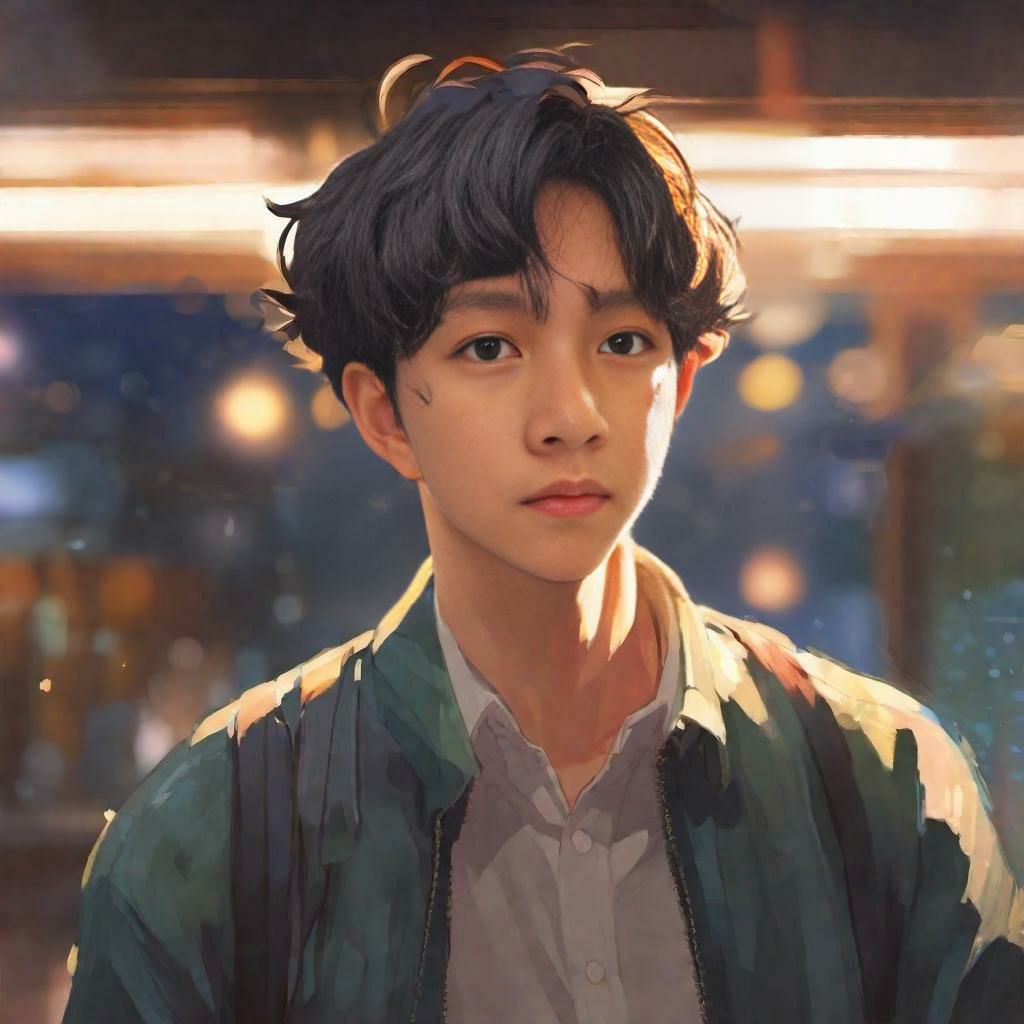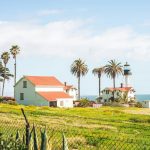Germany offers extraordinary diversity, from Berlin's raw history to Munich's Bavarian charm and the fairy-tale Neuschwanstein Castle. The Black Forest whispers ancient stories, while Rhine Valley vineyards stretch endlessly toward misty horizons. Hamburg's maritime spirit meets Cologne's towering cathedral, and Rothenburg preserves medieval magic.
Keep reading as we uncover the best places to visit in Germany that will transform your journey into an unforgettable adventure through Europe's most captivating country.
List of Contents
- 1. Berlin: Where History Lives in Every Corner
- 2. Munich: Bavaria's Beating Heart
- 3. Neuschwanstein Castle: Disney's Real-Life Inspiration
- 4. Black Forest: Where Fairy Tales Begin
- 5. Rhine Valley: Castles and Vineyards
- 6. Hamburg: Gateway to the World
- 7. Cologne: Two Thousand Years of Stories
- 8. Dresden: Phoenix from Ashes
- 9. Heidelberg: Student Town Romance
- 10. Rothenburg ob der Tauber: Medieval Time Capsule
- 11. Frankfurt: Where Old Meets New
- 12. Bavarian Alps: Nature's Cathedral
- 13. Oktoberfest: The World's Greatest Party
- 14. Christmas Markets: Winter Magic
1. Berlin: Where History Lives in Every Corner
Berlin wears its scars proudly. The city rebuilt itself after division, creating something entirely new while preserving reminders of the past. East Side Gallery stretches along the remaining Berlin Wall, where artists transformed concrete barriers into hope.
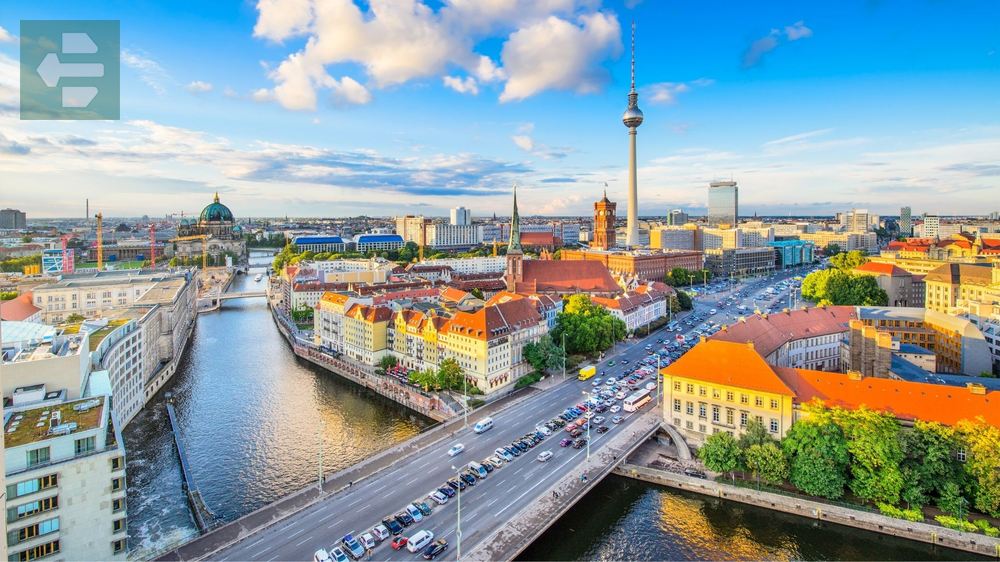
I remember standing at Brandenburg Gate at sunset, watching locals and tourists alike pause in shared reverence. The silence felt heavy with stories.
Museum Island houses five world-class museums on a single walkable stretch. Currywurst vendors line every major street—locals swear by Konnopke's Imbiss, unchanged since 1930.
Quick Facts:
- Peak season: May-September
- Getting there: Berlin Brandenburg Airport, extensive train network
- Entry fees: Museum passes from €18
- Suggested stay: 3-4 days
- Must-see spots: Brandenburg Gate, Museum Island, East Side Gallery, Checkpoint Charlie
2. Munich: Bavaria's Beating Heart
Munich balances tradition with modern sophistication. Beer gardens sprawl under chestnut trees while BMWs glide through medieval streets. The city pulses with Bavarian pride, especially during Oktoberfest season.
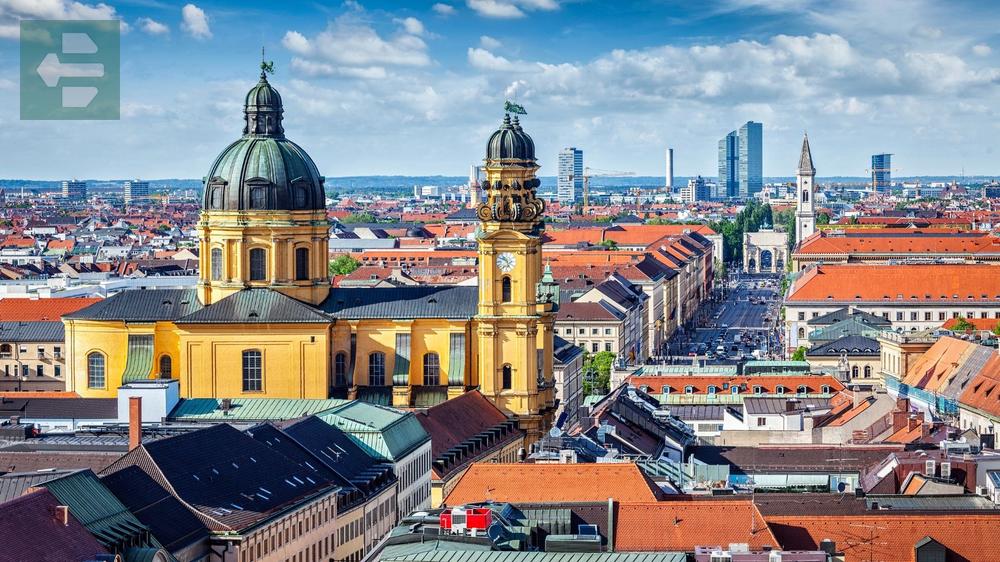
Viktualienmarkt bustles with local vendors selling everything from Alpine cheese to handmade pretzels. Arrive before 10am to avoid crowds and catch vendors at their chattiest.
English Garden rivals Central Park in size but surpasses it in character. Locals surf artificial waves in the Eisbach river year-round, even in snow.
Quick Facts:
- Peak season: September-October (Oktoberfest), December (Christmas markets)
- Getting there: Munich Airport, central train station
- Entry fees: Free for parks, museums from €7
- Suggested stay: 3 days
- Must-see spots: Marienplatz, English Garden, Viktualienmarkt, BMW Museum
3. Neuschwanstein Castle: Disney's Real-Life Inspiration
Perched on a Bavarian cliff, Neuschwanstein looks like pure fantasy made stone. King Ludwig II built his dream castle in the 1800s, creating what would inspire Disney's Sleeping Beauty Castle.
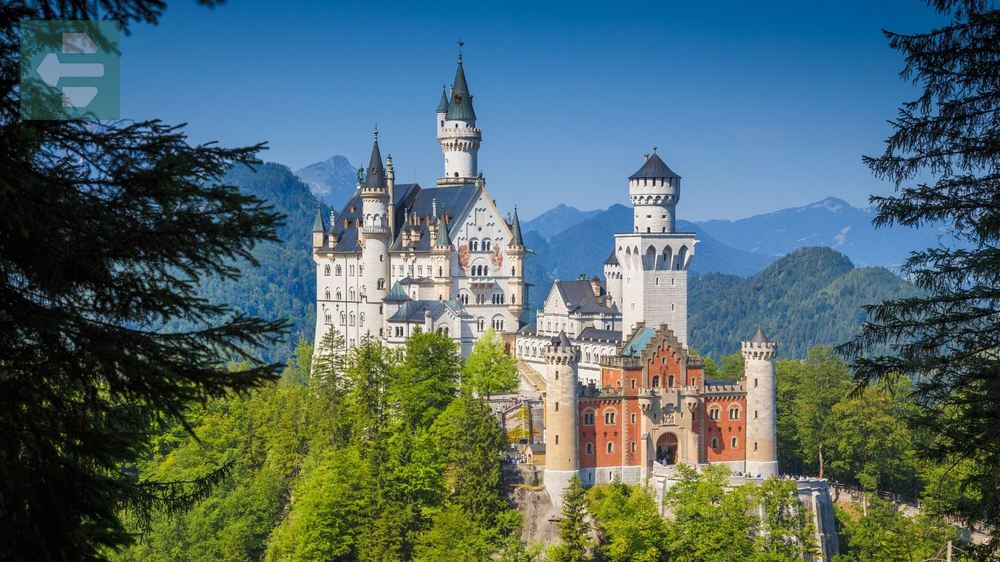
The castle interior sparkles with gold leaf and intricate woodwork. Only 15 rooms were completed before Ludwig's mysterious death, leaving the rest frozen in time.
Book tickets online weeks in advance—this is Germany's most photographed landmark. The best photos come from Marienbrücke bridge, a short hike above the castle.
Quick Facts:
- Peak season: June-August
- Getting there: Train to Füssen, then bus to castle
- Entry fees: Tours from €15
- Suggested stay: Day trip or overnight in Füssen
- Must-see spots: Castle interior, Marienbrücke bridge, Hohenschwangau Castle
4. Black Forest: Where Fairy Tales Begin
Dense evergreens stretch endlessly, broken only by traditional villages with half-timbered houses. The Black Forest earned its name from the darkness beneath its canopy—a mysterious beauty that inspired Brothers Grimm tales.
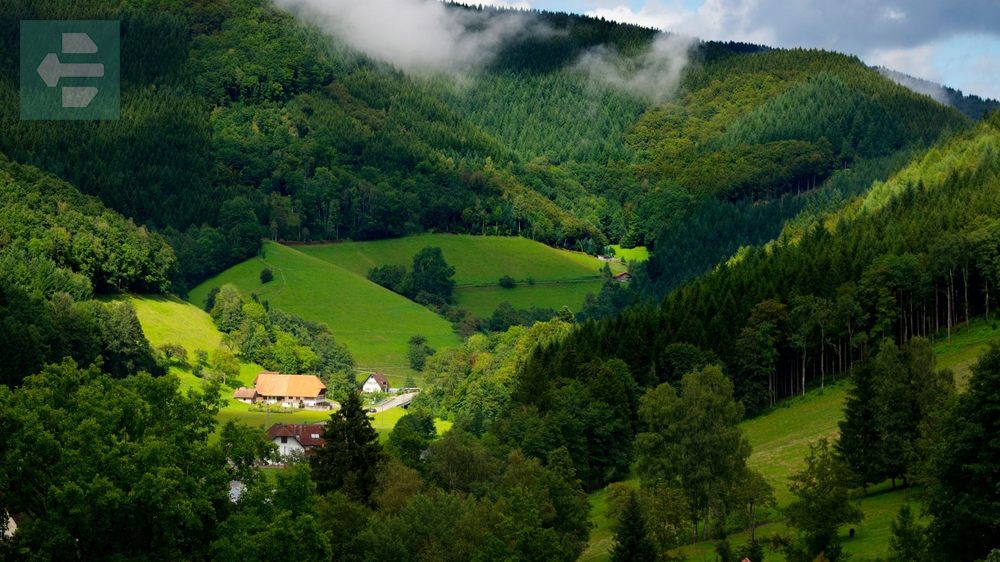
Cuckoo clocks tick in every shop window, handcrafted using techniques passed down through generations. Local artisans in Triberg still carve each piece by hand.
Black Forest cake originated here, naturally. Try the authentic version at any village café—it tastes nothing like the grocery store imitations.
Quick Facts:
- Peak season: June-September, December (Christmas markets)
- Getting there: Train to Baden-Baden or Freiburg
- Entry fees: Free for hiking, attractions vary
- Suggested stay: 2-3 days
- Must-see spots: Baden-Baden spa town, Triberg waterfalls, Lake Titisee, Cuckoo clock workshops
5. Rhine Valley: Castles and Vineyards
The Rhine carves through Germany's heart, passing medieval castles perched on every hilltop. Vineyards cascade down steep slopes, producing wines that have flowed from these valleys for over 2,000 years.
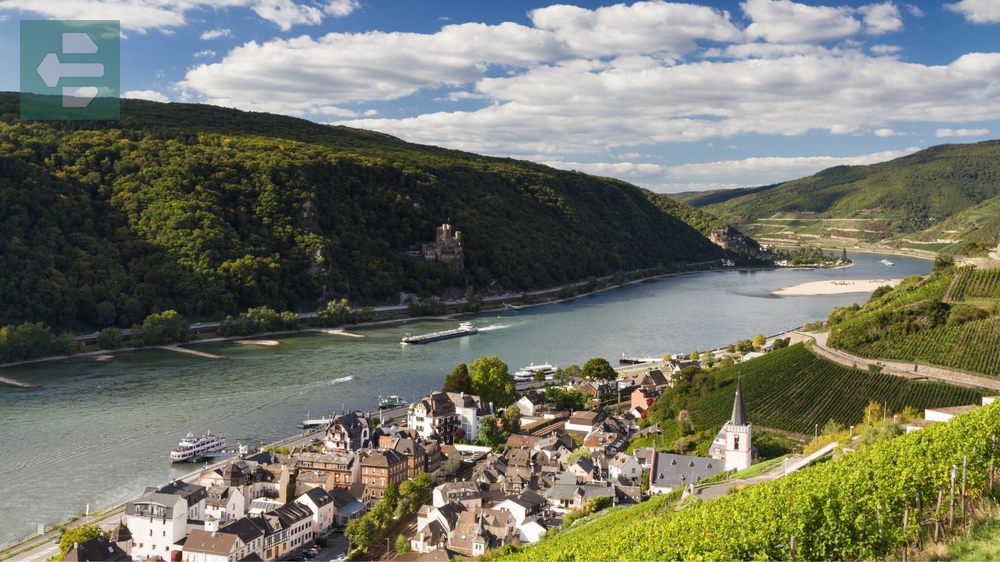
River cruises reveal castle after castle—over 40 between Mainz and Cologne. Each tells stories of knights, merchants, and river pirates who once controlled this crucial trade route.
Stop in Rüdesheim for wine tasting. Local vintners pour generous samples and share stories passed down through family generations.
Quick Facts:
- Peak season: April-October
- Getting there: River cruises, trains along both banks
- Entry fees: Cruises from €20, castle tours from €5
- Suggested stay: 2 days
- Must-see spots: Loreley Rock, Marksburg Castle, Rüdesheim wine taverns, Bacharach
6. Hamburg: Gateway to the World
Hamburg's maritime spirit runs deep. The city's massive port connects Germany to every ocean, while the historic Speicherstadt warehouse district stores goods from around the globe.
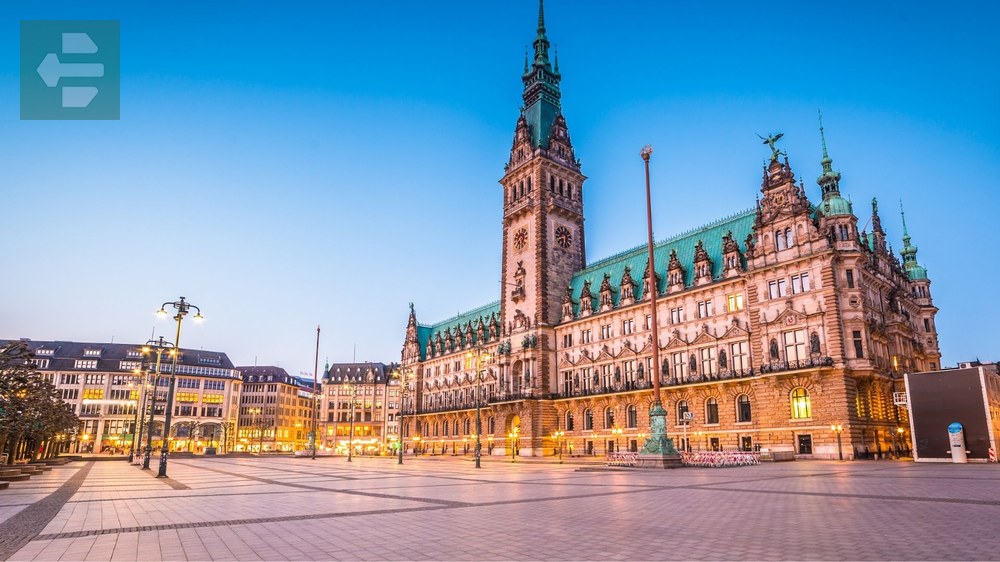
St. Pauli district pulses with nightlife energy. The infamous Reeperbahn entertains sailors and visitors alike, though locals recommend exploring early evening when the atmosphere stays lively but manageable.
Fish market opens at 5am Sundays, where vendors sing their sales pitches over fresh catches and live bands play in market halls.
Quick Facts:
- Peak season: May-September
- Getting there: Hamburg Airport, major train hub
- Entry fees: Free for harbor walks, attractions from €10
- Suggested stay: 2-3 days
- Must-see spots: Speicherstadt, Reeperbahn, Fish Market, Elbphilharmonie concert hall
7. Cologne: Two Thousand Years of Stories
Cologne cathedral dominates the skyline, its twin spires reaching toward heaven. Construction took over 600 years to complete, creating Gothic architecture so perfect it survived World War II bombing when the city around it crumbled.
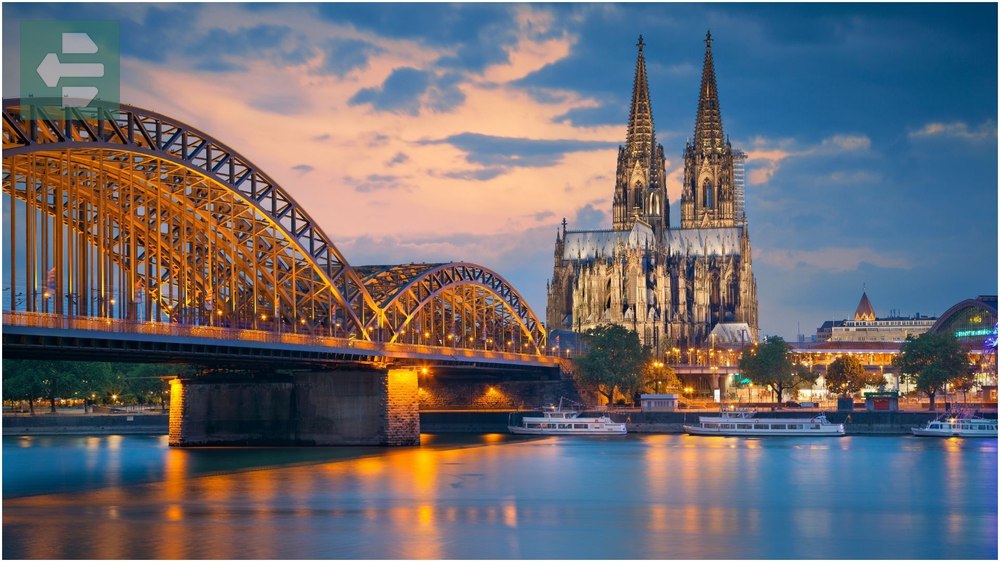
Roman ruins lie beneath modern streets. Museum excavations reveal ancient walls, mosaics, and artifacts from when Cologne served as a Roman capital.
Cologne's beer halls serve Kölsch in small glasses—tradition demands finishing each before ordering another. Locals cluster around wooden tables, sharing stories that connect past to present.
Quick Facts:
- Peak season: April-October, December (Christmas markets)
- Getting there: Cologne/Bonn Airport, central train station
- Entry fees: Cathedral free, museums from €8
- Suggested stay: 2 days
- Must-see spots: Cologne Cathedral, Roman-Germanic Museum, Old Town, Ludwig Museum
8. Dresden: Phoenix from Ashes
Dresden rebuilt itself from World War II ruins, recreating baroque masterpieces stone by stone. The Frauenkirche church collapsed in 1945 and stayed in ruins until reunification—its reconstruction symbolizes German resilience.
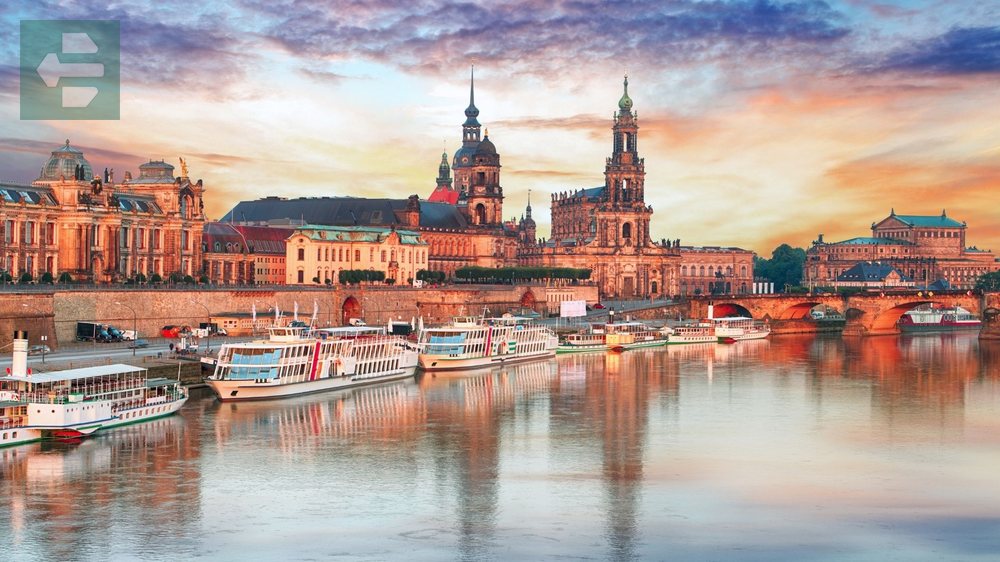
The Zwinger palace complex showcases baroque architecture at its finest. Porcelain collections span centuries, while the crown jewels glitter in underground vaults.
Evening concerts in reconstructed halls sound exactly as they did centuries ago. Acoustics remain perfect, carrying music that once entertained European royalty.
Quick Facts:
- Peak season: May-September, December (Christmas market)
- Getting there: Dresden Airport, major train connections
- Entry fees: Many churches free, museums from €10
- Suggested stay: 2 days
- Must-see spots: Frauenkirche, Zwinger Palace, Semperoper, Green Vault
9. Heidelberg: Student Town Romance
Heidelberg castle ruins overlook the Neckar River, romantic even in decay. Students have walked these cobblestone streets for over 600 years, creating an atmosphere of perpetual youthful energy.
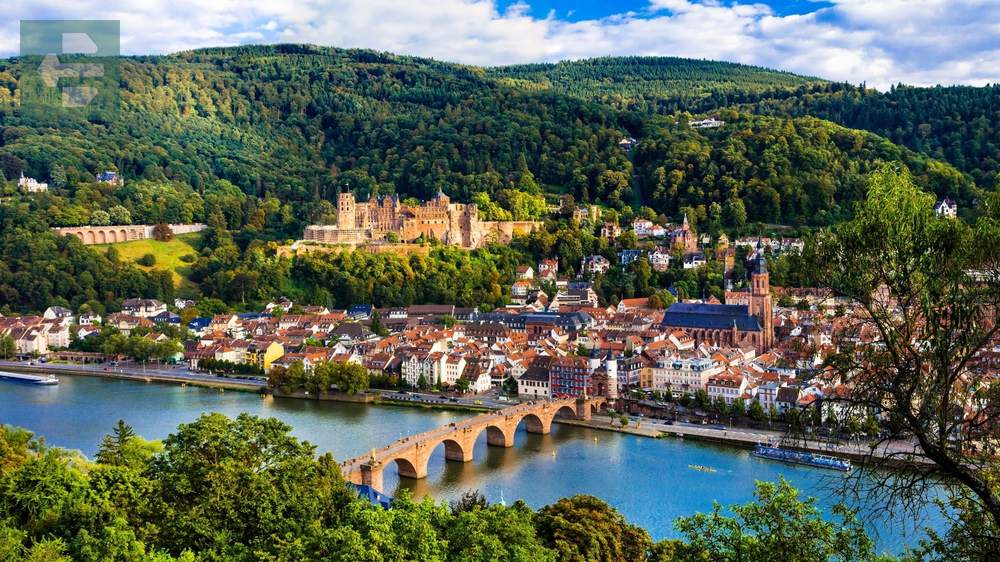
The old bridge spans the Neckar with perfect symmetry. Locals gather here at sunset, when golden light transforms ordinary river views into something magical.
Student taverns serve traditional meals in rooms carved with centuries of initials. Each mark tells a story of young people far from home, finding friendship over shared meals.
Quick Facts:
- Peak season: April-October
- Getting there: Train from Frankfurt (1 hour)
- Entry fees: Castle from €9, many attractions free
- Suggested stay: 1-2 days
- Must-see spots: Heidelberg Castle, Old Bridge, University Square, Philosopher's Walk
10. Rothenburg ob der Tauber: Medieval Time Capsule
Rothenburg preserves medieval Germany perfectly. Stone walls circle the entire town, protecting half-timbered houses that look unchanged since the 1400s. Walking these streets feels like stepping through time.
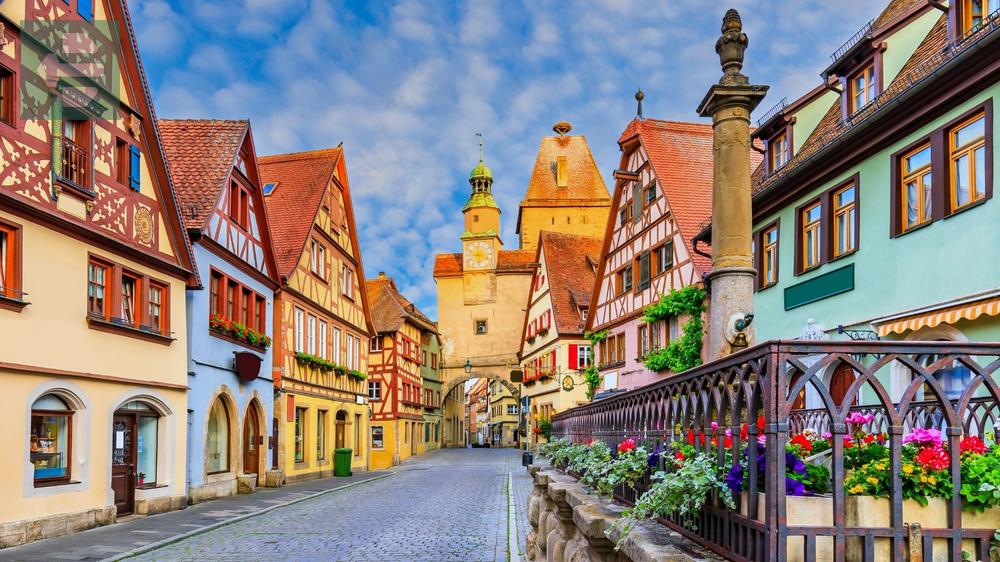
The Plönlein corner appears on countless postcards—a tiny triangular square where cobblestone streets converge beneath towers and gabled roofs.
Christmas shops stay open year-round here. Käthe Wohlfahrt's flagship store transforms visitors into wide-eyed children, surrounded by handcrafted ornaments and wooden toys.
Quick Facts:
- Peak season: December (Christmas market), June-August
- Getting there: Train via Würzburg, then regional connection
- Entry fees: Wall walk €2, most attractions under €5
- Suggested stay: 1-2 days
- Must-see spots: Medieval walls, Plönlein corner, Christmas Museum, Market Square
11. Frankfurt: Where Old Meets New
Frankfurt's skyline rises like a European Manhattan, earning the nickname “Mainhattan.” Glass towers house international banks while the Römerberg square preserves medieval merchant houses.
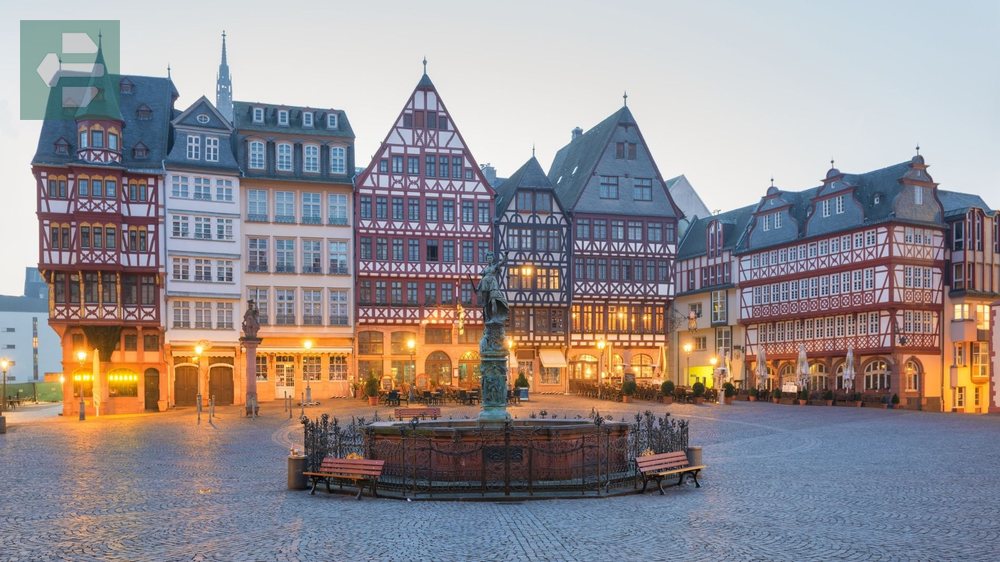
The city balances business with culture. Museums line both sides of the Main River, creating one of Europe's most concentrated cultural districts.
Apple wine flows in traditional taverns throughout Sachsenhausen district. Locals drink it from ribbed glasses, paired with hearty regional dishes that fuel late-night conversations.
Quick Facts:
- Peak season: April-October
- Getting there: Frankfurt Airport (major international hub)
- Entry fees: Museums from €7, many free on Saturdays
- Suggested stay: 1-2 days
- Must-see spots: Römerberg, Städel Museum, Main Tower observation deck, Sachsenhausen
12. Bavarian Alps: Nature's Cathedral
Alpine peaks pierce the sky along Germany's southern border. Villages nestle in valleys where church bells echo off mountain walls and hiking trails lead to views that stretch across three countries.
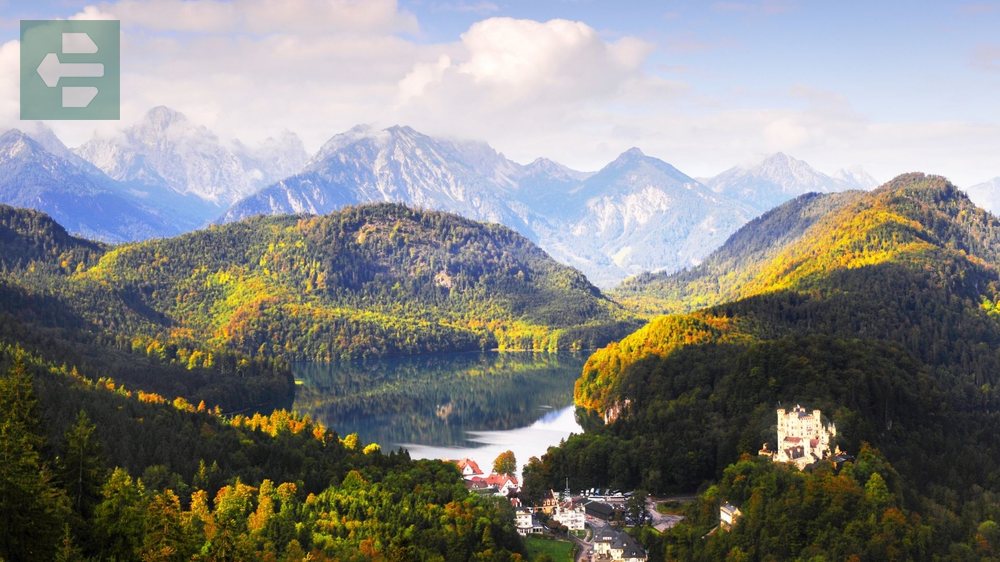
Garmisch-Partenkirchen hosted the 1936 Winter Olympics and maintains that Olympic spirit. Cable cars carry visitors to Zugspitze, Germany's highest peak, where Austrian and Italian Alps spread endlessly.
Mountain huts serve local specialties to hungry hikers. The hospitality feels genuine—hosts treat strangers like family returning home.
Quick Facts:
- Peak season: June-September (hiking), December-March (skiing)
- Getting there: Train to Garmisch-Partenkirchen or Berchtesgaden
- Entry fees: Cable cars from €30, hiking free
- Suggested stay: 2-3 days
- Must-see spots: Zugspitze, Königssee, Berchtesgaden, Alpine villages
13. Oktoberfest: The World's Greatest Party
Munich transforms each September when Oktoberfest takes over the city. Six million visitors gather in massive beer halls where traditional bands play and strangers become instant friends over shared steins.
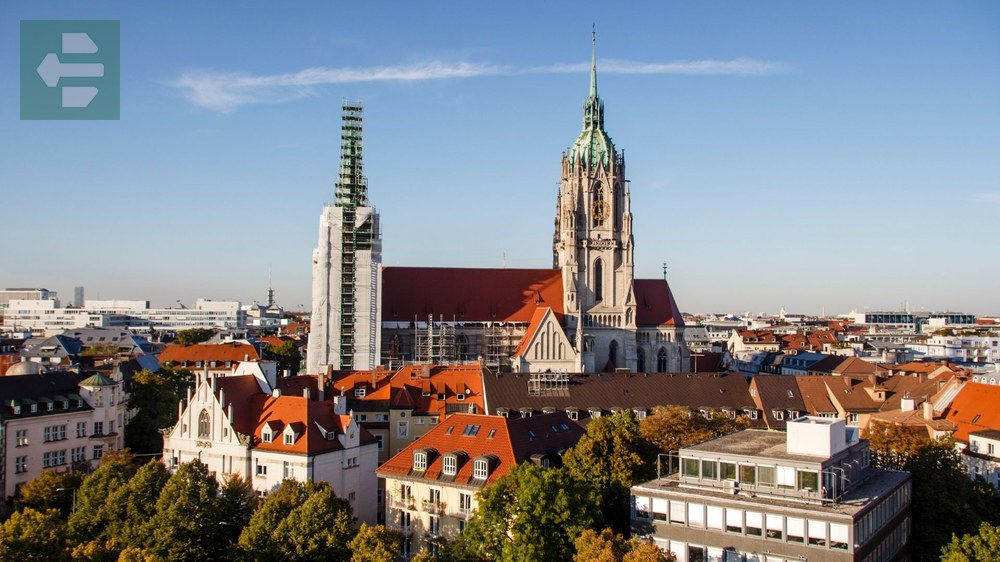
Each brewery creates unique atmospheres in their tents. Locals recommend arriving early afternoon when crowds stay manageable and musicians play their liveliest sets.
Traditional costumes are optional but add to the experience. Dirndls and lederhosen connect wearers to centuries of Bavarian tradition, creating instant camaraderie.
Quick Facts:
- Peak season: Mid-September to early October
- Getting there: Munich public transport, festival grounds
- Entry fees: Free entry, food and drinks purchased inside
- Suggested stay: 2-3 days
- Must-see spots: Augustiner tent, Löwenbräu tent, Traditional costume parade
14. Christmas Markets: Winter Magic
German Christmas markets transform cities into winter wonderlands. Wooden stalls overflow with handcrafted ornaments, warm glühwein, and treats that smell like childhood memories.

Dresden's Striezelmarkt claims to be the oldest, dating to 1434. Cologne operates multiple markets simultaneously, each with distinct character and specialties.
Nuremberg's Christkindlmärkte sets the standard others follow. Traditional gingerbread and wooden toys continue crafting techniques passed down through generations of market families.
Quick Facts:
- Peak season: Late November through December 23
- Getting there: Major cities accessible by train
- Entry fees: Free to browse, purchases vary
- Suggested stay: 2-3 days per city
- Must-see spots: Nuremberg, Dresden, Cologne, Rothenburg markets
Germany rewards curious travelers with experiences that linger long after departure. Each city tells different stories, from Berlin's resilience to Bavaria's traditions.
The country's efficient train system connects medieval towns to modern metropolises within hours. One day you're exploring fairy-tale castles, the next discovering world-class museums or hiking Alpine trails.
Pack comfortable walking shoes and an open mind. Germany's best moments often happen unexpectedly—in quiet conversations with locals, stumbling upon hidden courtyards, or sharing tables with strangers who become temporary family.
Your German adventure awaits, promising memories that will call you back long after you've returned home.

